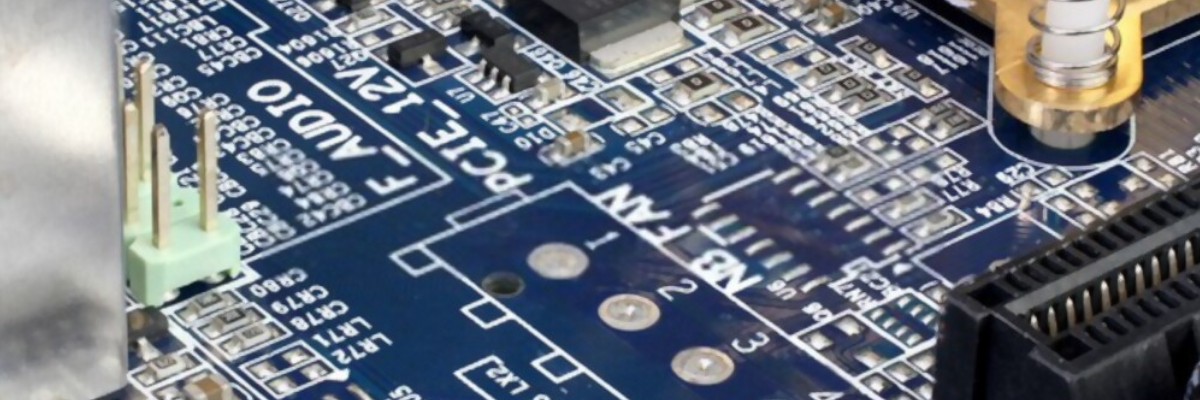An Overview of Metal Core PCBs and Their Increasing Use in LED Applications

An Overview of Metal Core PCBs and Their Increasing Use in LED Applications
The demand for LED-based electronics has increased in recent years owing to energy-saving benefits they offer. LED bulbs are much brighter and cheaper than regular incandescent bulbs, which makes them popular among commercial and industrial users and homeowners. However, these LED-based electronics has one disadvantage – heat. Generally, LED bulbs are mounted on the printed circuit boards made of FR4 to create a circuit. It is generally seen that these bulbs fail more often due to the poor heat dissipation capabilities of the FR4 material. This is where metal core printed circuit boards (MCPCB) stand out. They enable heat dissipation and can withstand high temperatures. Is that all? This post discusses how metal core printed circuit boards stand out over FR4 PCBs and other common materials used to build them.
Why Metal Core PCBs are a Popular Choice over FR4 PCBs in LED Applications
As known, better heat dissipation capability is one of the reasons for choosing metal core PCBs over FR4 PCBs in LED PCBs, but there are more reasons for this preference. The following pointers will help you understand it better.
-
Mounting Components: The components are mounted on MCPCBs through surface mounting, while FR4 uses plated through holes. These plated through holes make the design complex and bulky.
-
Simpler Designs: FR4 PCBs follow long drill processing cycles and generally use vias for heat transfer. Against this, the metal core PCBs do not require via plating, drilling, and deposition processes because they can dissipate the heat by themselves.
-
Excellent Temperature Stability: Metal core PCBs exhibit more stability than regular FR4 PCBs at elevated temperatures. Although LED lights are not known to produce high temperatures, they may be rarely exposed to temperature extremes due to several reasons, especially outdoors. The printed circuit boards made of metal can withstand these conditions.
-
High Thermal Conductivity: MCPCBs have a better thermal conductivity than FR4 PCBs. In MCPCBs. The thermal conductivity ranges between 1W and 4W, while for FR4 it is usually 0.3W.
-
Durability: Metal core PCBs are more durable than FR4 PCBs, and they can withstand stress and breakage during manufacturing, and in adverse environments. Nowadays, LEDs are used in various impact-prone environments, and the printed circuit boards mounted to them can easily withstand these environments with their durable construction.
-
Long Operational Life: Excellent heat transferring capabilities of MCPCBs help in improving the operating life of LEDs. This is also one of the reasons for their popularity.
-
Improved LED Density: As said before, MCPCBs have a high thermal conductivity which enables manufacturers to mount several LEDs onto them. It means multiple LEDs can be easily placed on a PCB without facing any thermal limitations.
Types of Metal Substrates Used in Metal Core PCBs
The following are the popular metal substrates used for building metal core PCBs (MCPCB).
-
Copper: These printed circuit boards feature copper cores, and are known for their excellent heat dissipation capabilities. However, copper is only reserved for applications that demand high heat dissipation because it is more expensive than aluminum. The copper cores require special machining expertise, and in many cases it may corrode more easily over aluminum. Copper C110 is the popular copper variant used for building metal core PCBs. This copper variant stands out due to its high thermal conductivity, and low CTE.
-
Aluminum: The printed circuit boards made of aluminum possess excellent heat transferring capability. Aluminum is a lightweight material, yet strong, and can withstand high temperatures. The PCBs made from aluminum are used in communication electronic equipment and audio frequency apparatus. The thickness of the aluminum core in the printed circuit board ranges between 40 mil and 120 mils. Aluminum 5052 and aluminum 6061 are two popular aluminum types used for creating these PCBs. Of these, Aluminum 5052 is ideal for mechanical forming and bending, and Aluminum 6061 can be formed easily using CNC machining.
All the above pointers suggest why metal core printed circuit boards can be the best choice for your LED applications; however, it is important to source them from experienced manufacturers. There are several PCB manufacturers offering metal core PCBs for LEDs. However, a few can match the experience and expertise acquired by Twisted Traces, which specializes in the design and manufacturing of metal core printed circuit boards. The company provides these printed circuit boards in metals such as copper and aluminum for different LED applications.
.png)



.png)
